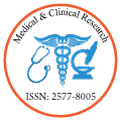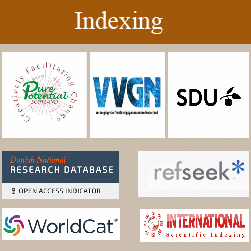Spinal cord compression with acute para-paresis due to thoracic aneurysmal bone cyst (ABC): a case report and review of the literature
Author(s):
Farouq Alguayn*, Micky Gidon, Dyomin Victor, Abed Al Gawad Siag, Yuval Sufaro, Waleed Kian, Melanie Zemel, Israel Melamed
Aneurysmal bone cysts (ABCs) are benign, highly vascular osseous lesions characterized by cystic, blood-filled spaces surrounded by thin perimeters of expanded bone. Children and young adults are most often affected by spinal ABCs; more than 75% of patients are younger than 20 years old at the time of presentation. Although ABCs have been documented in all areas of the axial and appendicular skeleton, ABCs of the spine present unique challenges due to the risk of vertebral destabilization, pathological fracture, and vertebral body (VB) collapse with neurological compromise. We describe here a case of a 12-year-old child who presented with cervical pain and gait disturbances starting a few weeks prior to his admission with acute paraparesis at the time of admission. Subsequently he was found to have a Thoracic ABC involving T1-T3.This was accompanied by T2 vertebral body collapse and spinal cord compression. He was investigated and treated promptly by resection of the aneurysmal bone cyst with posterior Cervical-thoracic instrumentation. There was full post-operative neurological resolution.



